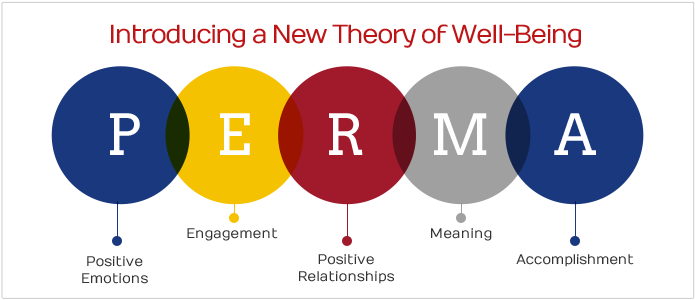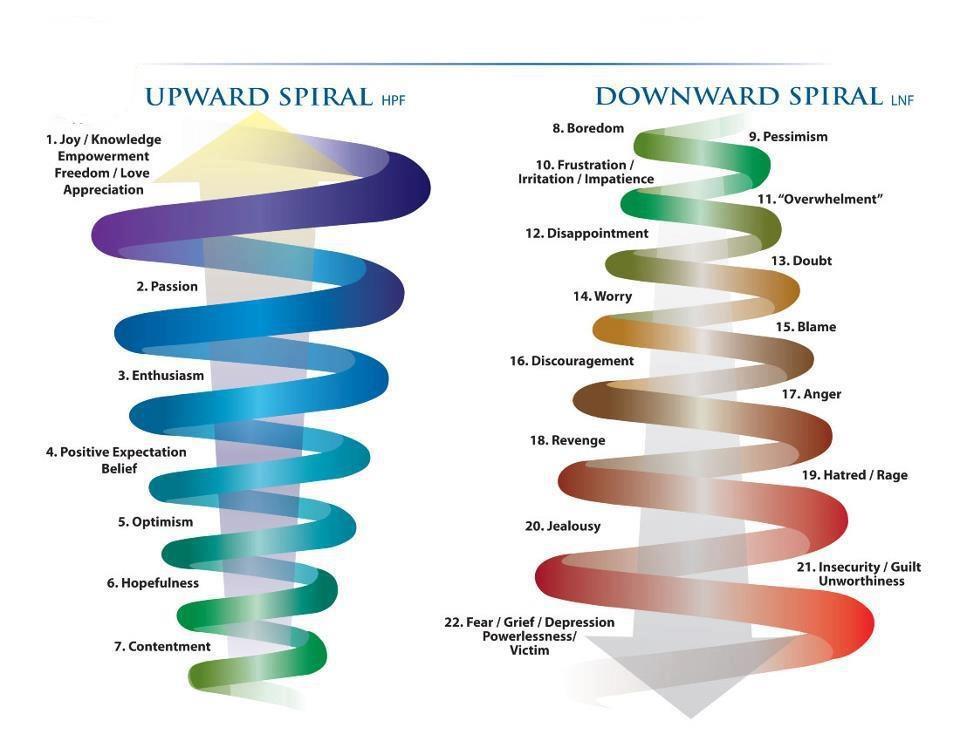
POSITIVE EMOTIONS
For us to experience well-being, we need positive emotion in our lives. Any positive emotion such as peace, gratitude, satisfaction, pleasure, inspiration, hope, curiosity, or love falls into this category – and the message is that it’s really important to enjoy yourself in the here and now, just as long as the other elements of PERMA are in place. – Source: Mindtools. For more discussion see Positive Psychology and GoStrengths.
Essential Reading
Broaden and Build
.jpg)
Essential viewing
And another from Barbara Fredrickson
Soul Pancake on Positive Emotions and problem solving
More videos on the Science of Happiness
Tools
PositivityRatio.com – Self Test
Counseling/admin ideas
Track your own Positivity Ratio.
Have your clients track their positivity ratio.
Have your students create a positive emotions portfolio (one portfolio per emotion). The portfolio can be physical or electronic and shoudl contain a variety of artifacts (pictures, poems, objects, notes etc.) that represent the emotion. Now reflect on it. Here is what she asks for Joy
-
- When have you felt safe, relaxed, and joyful, utterly glad about what was happening in that moment?
- When have things truly gone your way, perhaps even better than you expected?
- When have you felt a spring in your step, an unstoppable smile, or a warm glow?
- When have you felt playful, as if you wanted to jump in and get involved?
See all 10 sections at this summary of the book.
Try the Your Reflected Best Self
Try Loving Kindness meditation
Follow up viewing on key concepts and research
The How of Happiness
Barbara Fredrickson on the positive ratio
Barbara Fredrickson on Positive emotions and broaden and build
Some graphics
Gallup global wellbeing index.

The Nun Study
Research focusing on Culture and Positive emotions. Here is the abstract:
Within- and between-nations differences in norms for experiencing emotions were analyzed in a cross-cultural study with 1,846 respondents from 2 individualistic (United States, Australia) and 2 collectivistic (China, Taiwan) countries. A multigroup latent class analysis revealed that there were both universal and culture-specific types of norms for experiencing emotions. Moreover, strong intranational variability in norms for affect could be detected, particularly for collectivistic nations. Unexpectedly, individualistic nations were most uniform in norms, particularly with regard to pleasant affect. Individualistic and collectivistic nations differed most strongly in norms for self-reflective emotions (e.g., pride and guilt). Norms for emotions were related to emotional experiences within nations. Furthermore, there were strong national differences in reported emotional experiences, even when norms were held constant.




